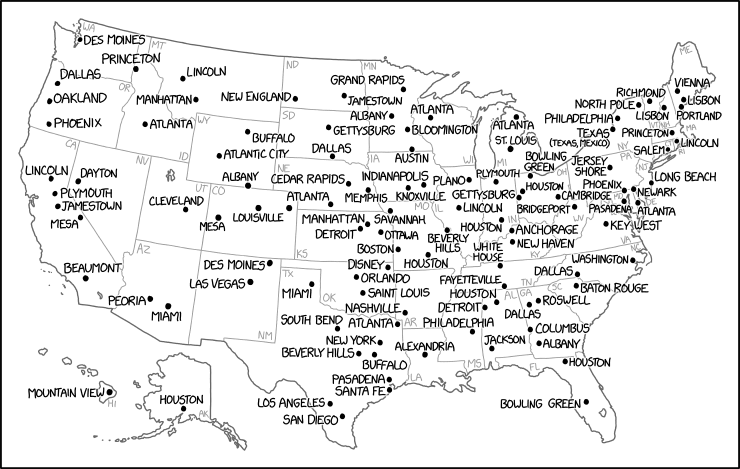Flexible remote work beating hybrid models, Austin's CA housing frenzy, Kinder housing insights and flaws, and more
A fair number of interesting items this week:
- SF Chronicle: Californians are fueling Austin's housing frenzy: 'We've never seen migration like this'. Excerpts:
“I feel like we have more friends here now than we’ve ever had in California,” Josh Rubbicco said. “People were so welcoming and friendly.” ...
“The pricing power of Austin, which is number one in the country, is driven by California, plain and simple,” Toll Brothers CEO Douglas Yearley said on an earnings call last month. “The phenomenon is fascinating. We’ve never seen migration like this.”
- WSJ: Remote work is the new signing bonus (and only 2% of VMWare employees showed up when offices re-opened!). This has a ton of ramifications, and not just to cities. Talent will migrate to a lot of more flexible competitors. Companies that insist on in-office will be less competitive – JP Morgan may lose waves of bankers, and competitors will be eager to poach. Maybe ultra-wealthy companies like Apple will just throw money at employees until they work in the office, but most companies won’t have that option. The old extroverted execs that mastered office politics will try to push everybody back into the office, but it will cost them dearly, in talent (lost and paying a premium to keep) and in office space. They won’t just lose the talent competition, but the cost competition. There will be major changes in the competitive landscape of a lot of industries. And it’ll be interesting to see if these hybrid models hold up over time. I think the Adobe total flexibility model is more likely to dominate. Employers with the hybrid model will soon make exceptions for key talent that want to be more remote. Once they do that, existing employees will ask for the same flexibility out of fairness. And then they’re on a slippery slope to the Adobe flexible model.
- Continuing the remote work question, Rice's Kinder Institute interview with downtown's Bob Eury on The return to work will determine the fate of downtowns. Is Houston ready for what’s next?
- Rice's Kinder Institute releases their 2021 State of Housing in Harris County and Houston report (story). A lot of good insights in here, but I have two critiques:
- Building in 100y and 500y floodplains is only bad if buildings are not properly elevated, which they should be under current regulations.
- I'm not sure comparing renter incomes to the median house price is the right comparison. Renters fall on the lower end of the income spectrum, so shouldn't the relevant question be if they can afford houses one or two standard deviations below the median house price? Or put another way, if renters on average earn X% of the region's median income, the question shouldn't be if they can afford the median house, but houses at X% of the median price.
- UCLA: Value Capture Reconsidered: What if L.A. was Actually Building Too Little? Hat tip to George. Abstract:
"Should cities only allow new housing on the condition that the developers of that housing deliver public benefits in return? This idea is often called “value capture”, and is used to justify — among other things — various forms of inclusionary zoning. The author argues in this essay that value capture is conceptually and logically flawed. It rests on the idea that new housing is not by itself a public benefit, and on the assumption that not building housing is socially harmless. Most of all, it inverts one of the most important insights in urban economics and urban public finance: that value rests primarily in land, and that development is an important way to share and redistribute land value."Finally, we'll end with a little fun. This map is wild - so many Houstons! (how many can you count?!) And I think I might inquire about buying a shack in Beverly Hills, TX just so I can tell people "I have a 2nd home in Beverly Hills", lol ;-D
Labels: downtown, growth, home affordability, migration, remote work, zoning




3 Comments:
SF had the second highest out migration of any core city (lost only to Baltimore).
https://www.texasmonthly.com/news-politics/austinites-you-have-permission-to-move-to-houston/amp/
Archive for Austinites you have permission to move to Houston
Post a Comment
<< Home